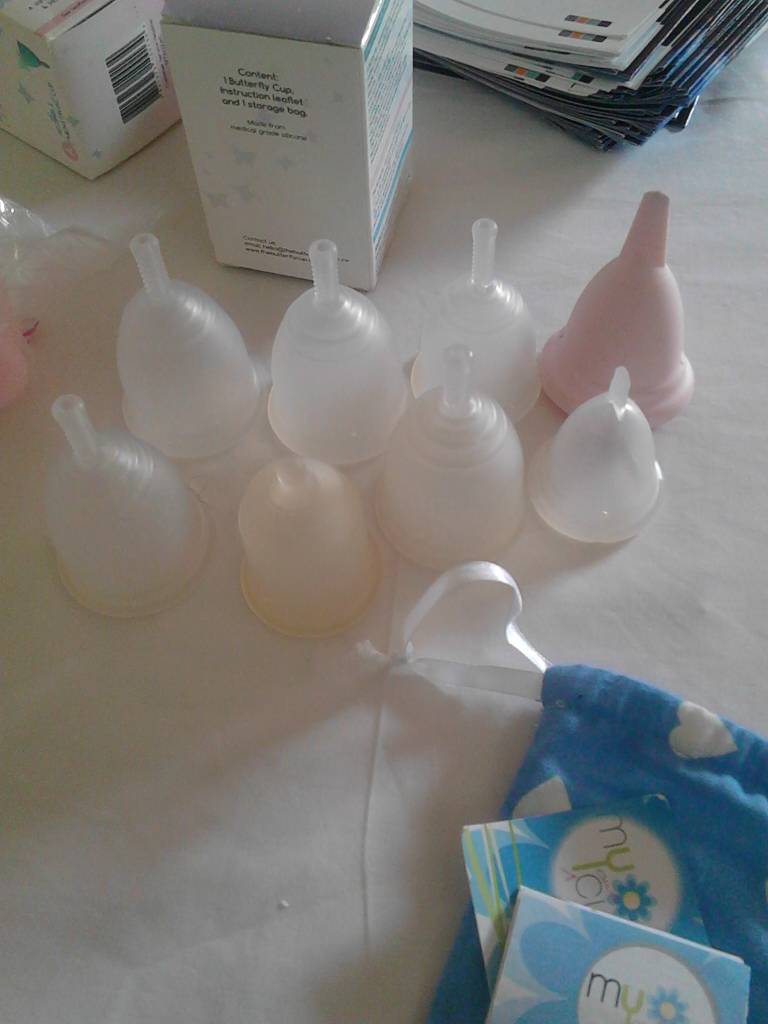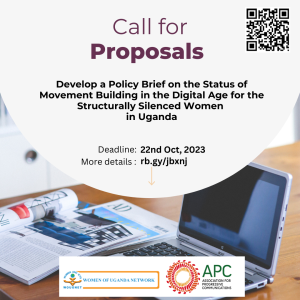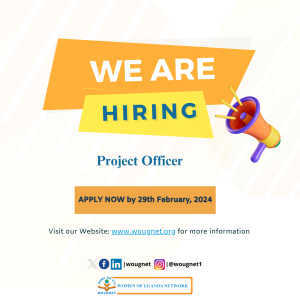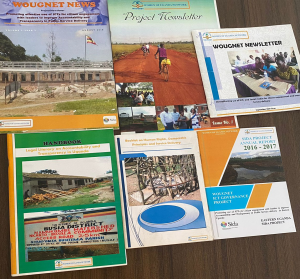In sub-Saharan Africa, many girls and women do not have access to appropriate menstrual health management methods that are effective comfortable, and safe to use. As a result, girls and women resort to using low-quality methods including strips of cloth, tissue paper, school exercise books, pieces of sponge torn from the mattress, backcloth, and others. (Acharya et al.2006; APHRC, 2010 Khan et al, 2005; Mason t al 2013; Tellier et al 2012)
The Sustainable Development Goals (SDGs) have an indirect reference to Menstrual Health Management (MHM) under the water/ sanitation and education goals. It is also related to the other SDGs of gender equality, environment, and health.
0n 28th June 2018 a diverse group across relevant sectors including the Government of Uganda, academic institutions, community-based organizations, NGOs, and the commercial sector were invited for a Menstrual cup dissemination meeting by WoMena Uganda. The purpose of the meeting was to share research updates about MHM and experiences about the implementation of menstrual cups as an innovative solution in East Africa.
Managing menstruation is still a global issue especially in Africa where 1 in 5 girls drop out of school because of failure to manage menstruation.
The menstrual cup is safe to use inside the body because it is made from medical grade silicone. The cup can be used for up to 10 years and holds 2-3 times as much blood as most other menstrual products. Once full, the cup is removed, emptied, and re-inserted. The cups require less water and soap than other reusable methods. However, they require boiling between periods to disinfect the cup. They are sold at an estimate of 5-15 USD and therefore become more economical than disposable products after a few months.
During the dissemination meeting, findings from a study on school Girls’ use of reusable menstrual cups in the Gulu District were shared. The study involved girls between 13-17 years which comprised of P5-P7 pupils. Some of the challenges registered were; fearing the unknown and mastering the technique, adapting and adhering to hygiene guidelines, and fear of losing the cups. The greatest concern, however, was the acceptability of this method especially by parents in line with the virginity of their daughters. Need therefore arises in the training of the technique, knowledge sharing to get family and peer support to create trust.
In Kenya, the outcome indicators were school attendance and infections. Very few infections were registered in comparison with those that used reusable sanitary towels and other methods. Contamination of cups was higher among new users but as they go on to use the cups the contamination levels reduce. A challenge was registered with the latrines in schools which makes it difficult for the girls to use the cups for example broken doors, very big pit holes, very tiny rooms and sometimes the girls may drop the cups.
Ms. Catherine Kansiime from Medical Research Council presented MENISCUS-2 Effective implementation Models to Improve Menstrual Health in Secondary schools in Peri-Urban districts. According to this research, Poverty is the major barrier to proper management of Menstrual Health in Secondary schools in Uganda. They came up with a 5-point Intervention; Improving school Water and Sanitation for Health (WASH) facilities, Supply analgesics, Menstrual Management Kit, Puberty Education, and Drama kit. National Council is still in the process of approving the cups however, they encouraged menstrual cup awareness. According to the menstrual cup Adult Pilot, the cup has been found to be healthy, hygienic, appropriate, and cost-effective. The Menstrual cup has been tested in Humanitarian environments and is preferred to the reusable towels and other means due to lack of soap, water, and even privacy.
Participants gave recommendations that will promote the menstrual cup as an innovative MHM solution. They emphasized the need to involve religious and cultural leaders as trusted people in the community who can play a part in making the menstrual cup acceptable in communities. The issue of women and girls with a disability was also raised; they need to be put into consideration whenever such methods are introduced. The issue of Existing laws and policies was raised in line with their support to this solution and what can be done to enable sustainability.
The use of ICTs and social media platforms was recommended because it plays a key role in catalyzing development. The participants suggested that it is crucial to use the different ICTs and social media platforms as a tool to create awareness and make the menstrual cup popular to Ugandans just like the re-usable pads and other methods have done. The Guest of honor Dr. Mihayo Placid from the Ministry of Health Uganda raised the issue of research. He recommended the need to do more research on the menstrual cup and disseminate results widely. It was noted that documenting and packaging of information on work done will take forward the menstrual cup solution.
The meeting ended with a teamwork activity to develop the next steps for Menstrual cups in Uganda which involved way forward to the recommendations and issues raised from concluded research and participants’ input.
Compiled by Patricia Nyasuna,
Programs Assistant- Gender & ICT Policy Advocacy






